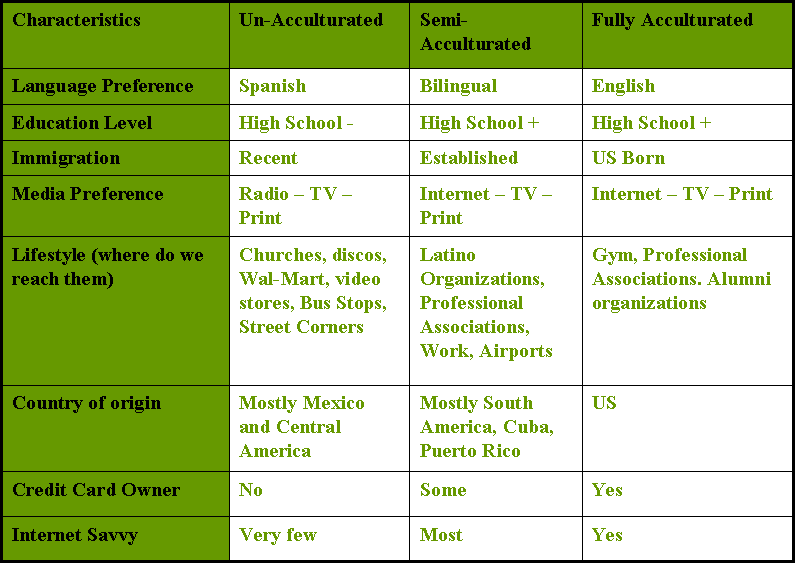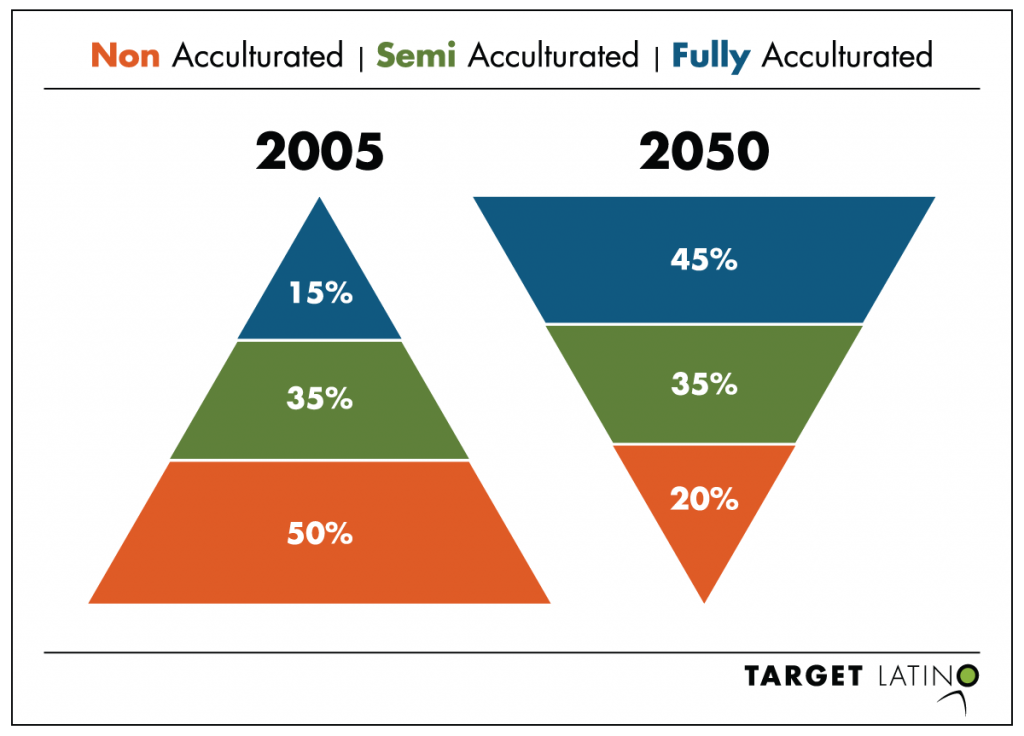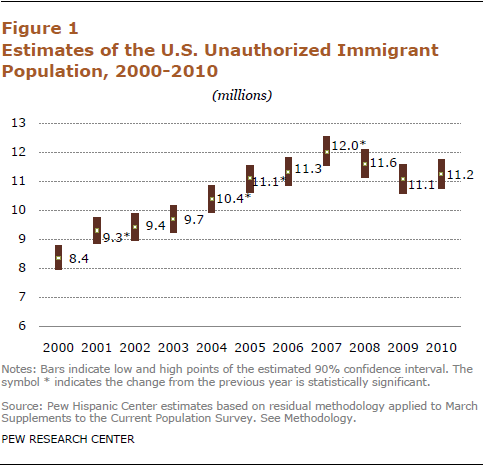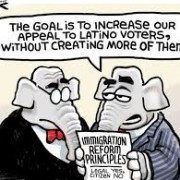Understanding Hispanic Market Segmentation – Part I
Let’s talk segmentation – Part I
by Claudia Goffan CEO of Target Latino
Graphics by Jim Perez
Hispanic Market Segmentation:
The reasons behind the use of acculturation levels in Hispanic Marketing. Hispanic Market segments and projected size by Claudia Goffan, CEO of Target Latino.
Why levels of acculturation?
- In the 1900’s European immigrants would force their children to forget about the customs of the “old world” and “just be” Americans – this was a process of assimilation
- To acculturate means to incorporate or acquire a new culture without foregoing another one
- Hispanics do not “assimilate”, they “acculturate”. They do not let go of customs and/or language
Facts about Hispanic Market Segmentation
The three segments by Acculturation Levels
- Non-Acculturated: Persons that only navigate within the Latino culture. Most of them have recently immigrated to the U.S. and prefer to speak Spanish
- Acculturated: Persons born in the U.S. of Hispanic descent. They prefer to speak English and can navigate into the Latino culture
- Semi-Acculturated: People that can navigate in both cultures.
What factors get them from one segment to the next?
- Fully-Acculturated: Hispanics are proud of their culture and parents will tend to teach their U.S.-born children the customs of their ancestors
- Non-Acculturated: Hispanics born outside of the U.S. can only navigate from non-acculturation to semi-acculturation. The speed at which this will take place depends on these three major factors:
–Time
–Education
–Socio economic status in country of origin
How fast will the market acculturate?
The speed at which this will take place depends on these three major factors:
- Time: the longer they live in the US, the longer they are exposed to a new culture and are able to incorporate it into their everyday lives
- Education: the higher their education level, the easier the understanding of another culture will be
- Socio economic status in country of origin: the higher the socio economic status they enjoyed in their country of origin, the higher the likelihood that they have been exposed to other cultures, thus enabling a faster and smoother transition
Here are some examples of acculturation levels and speed:
- My brother was born in Buenos Aires, Argentina -30 years old at the time-, highly educated -a lawyer-, seasoned international traveler and with 6 years of English studies from the London Cultural Institute under his belt. He was visiting me in Los Angeles.
On the second day of his visit, I arrived home to find him holding a box of sugar and laughing so hard he was in tears. He kept on saying, “soy un sudaca (I am so third world).” I didn’t understand what he was talking about at first, so I waited for him to calm down. When he did, he explained to me that he had ripped the top of the box open in order to reach the sugar at which time he realized that there was a pouring spout on its side.As you can see, it took him just a few minutes to “acculturate”, that is, to learn to navigate in the American culture (at least a little bit).
- A friend of mine took a little longer to acculturate. She is also very well educated -a dentist- and a world traveler, but is older than my brother and understands very little English. Apparently she had bought a brand of laundry detergent at the supermarket to wash a sweatshirt I had given her. After washing it, she remarked that the sweatshirt was of low quality, because it had faded so badly. I was puzzled, but soon forgot about it.When she returned back to her country, she left the “detergent” with me. I immediately noticed that it wasn’t detergent at all, it was “bleach.” She had mistaken a product type for a brand. No wonder the blue sweatshirt had faded.In order to acculturate she had to be told about her mistake. You can bet she never did that again.
- Latino banks spend more than a year teaching its underserved Hispanic customers how to use the ATM machines. The reason is that most of their customers have never used one. The bank is acculturating them into American society.
Differentiating Characteristics between segments – Hispanic Market Segmentation
Hispanic Market Size
- Population: 42.7 million as of July 1, 2005 or 14 percent of the nation’s total population. (This estimate does not include the 3.9 million residents of Puerto Rico.)
- 102.6 million – The projected Hispanic population as of July 1, 2050 or 24 percent of the nation’s total population on that date.
-Source: Census data
- We need to be aware that in this market there is about a 40% to 50% undercount
Hispanic Market Size by Acculturation Levels Segment
By Havi Goffan, CEO of Target Latino






















